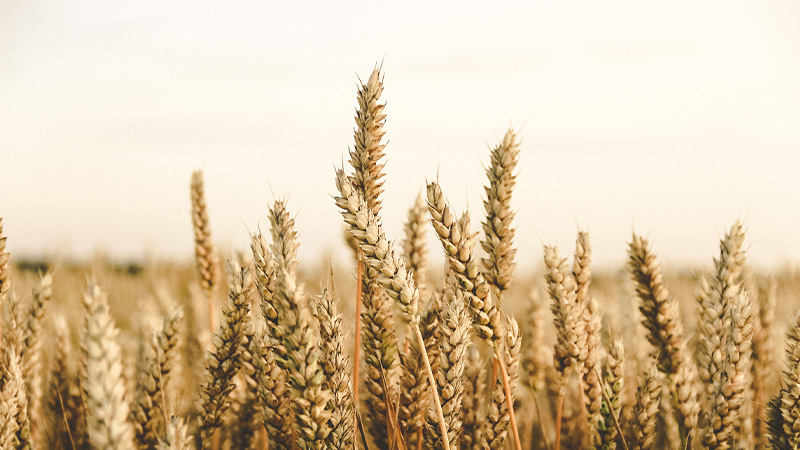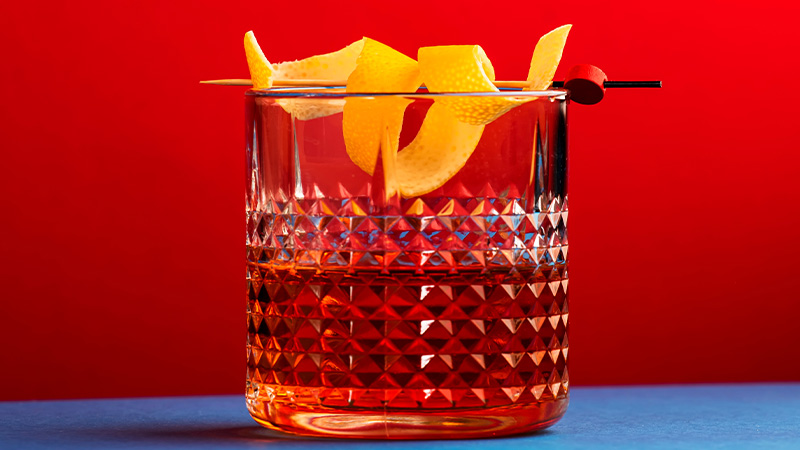Say what you like about the bourbon boom of recent decades, for drinkers and mixologists alike the rye renaissance has been equally exciting. Indeed, the style’s revival owes a large debt to the bartending community, which embraced the spicy, herbaceous whiskey to shine a light once more on forgotten classics like the Sazerac, Old Pal, and Vieux Carré.
That renewed interest has seen major U.S. distillers revive heritage brands and others launch new products in the space. Take a stroll down liquor aisles nowadays, and you’ll encounter more rye labels — almost all of them green — than at any point in living memory. And drinkers, seemingly, can’t get enough of them. Since 2009, volume sales of rye whiskey in the United States have grown a staggering 1706 percent, reaching 1.6 million 9-liter cases by the end of 2021, according to the Distilled Spirits Council.
A short hop north of the border, Canadian bartender Shane Beehan is well placed to lend advice on how to explore rye and get the most out of a bottle of Redemption, Rittenhouse, or trusty Old Overholt. Beehan has worked in hospitality for 15 years — 10 of them behind the bar — and now wears multiple hats including consultant, brand ambassador, and beverage director of Nova Scotia’s Salvador Restaurant group. He also happens to live in a country where rye is used as a synonym for whiskey in general.
Don’t miss a drop!
Get the latest in beer, wine, and cocktail culture sent straight to your inbox.
Channeling both his nation’s love for the spirit and a personal passion for classic rye cocktails, Beehan sat down with VinePair to help compile this ultimate rye whiskey drinking guide.
Canadian Rye Whiskey vs. American Rye Whiskey
Those already well versed in rye whiskey will know that, despite Canada’s love of rye, bottles labeled so in the country may not actually be classed as such in the United States. Canada’s fast and loose use of the word is reflected somewhat in the regulations surrounding its production there.
As a quick primer, one of many factors that govern U.S. rye whiskey production is the use of at least 51 percent of the grain in a mash bill. This is not the case across the border. “The major difference between Canadian and American rye is that we don’t tend to use a mash bill of different grains,” Beehan explains. “We essentially ferment and distill each grain on their own, then blend after maturation.”
Neither is that final blend bound by a minimum rye whiskey content — even if it’s labeled with the term. For large portions of modern whiskey history, Canadian distillers have instead produced a mainly corn-based “rye” whiskey that was simply influenced flavor-wise with the spicy grain.
Still, Beehan says the nation’s leading modern brands are taking a different approach. “We’ve really gone all in with our rye and the majority of our whiskeys today that I think are our better products are 100 hundred percent rye,” he says.
Confusing though that brief detour may be, it’s important to recognize the distinctions. And for the purposes of this piece, any future mentions of rye whiskey refer to bottles where the grain represents a majority, and whose profiles reflect its prickly character.
How to Taste Rye Whiskey
On that note, Beehan offers many pointers on how to sniff and sip the whiskey neat — an important first step during any education. “To appreciate a cocktail you have to first appreciate the base spirit,” he says.
That familiarization begins with detecting rye whiskey’s “grassy, peppery, spicy” characteristics, he says. To identify them in a glass — whether crystal Glencairn or low-maintenance rocks glass — he recommends practicing a little restraint.
“Don’t shove your nose in the glass because it’s going to burn,” he says, referencing the alcohol content rather than its peppery aromas. “Delicately sniff from [a short distance] away, to prepare your palate and prime your ability to taste.”
Restraint remains the name of the game when sipping rye. Before going all in, Beehan advises taking one very small sip, working the liquid around the mouth, then swallowing (if you’re in a situation where you can consume alcohol).
“If your palate is raw and you introduce something as intense as rye whiskey, your brain is wondering, ‘What’s going on? How do I taste this?’” he says. “After your tongue is acclimated, that second sip allows you to pull out all those flavors.”
The Best Rye Whiskey Cocktails
Sipping straight spirits on the regular may not be everyone’s plate of poutine but Beehan insists there’s a serve for all.
Yielded in a Whiskey Sour or Whiskey Smash, the additional sugar and citrus of those drinks help tame rye’s rougher edges. “The Whiskey Smash is such a beautiful drink,” he says. “If you muddle the lemon, you get the oils and the juice. Add some mint in there: It’s fresh, it’s lively, and a really nice way to start appreciating rye.”
But Beehan remains a cocktail classicist at heart, and for his loonie, there’s nothing as magical as a Manhattan. There’s the historical connection to start, with the golden age of cocktails coinciding with an earlier boom in rye production, he says. Then there’s the Manhattan’s adaptability as a template.
Sub out the sweet vermouth and split the support between Averna and Punt e Mes and you’re soon shaking hands with a Longshoreman; opt instead for a full ounce of Averna and you have the darker, brooding Black Manhattan; using dry instead of sweet vermouth, along with Maraschino liqueur and Amer Picon, transports you across the East River to the Brooklyn cocktail.
Finally — this being a Canadian-led exploration — we cannot forget the combination of rye, Fernet-Branca, simple syrup, and Angostura, better known as the Toronto. (Despite the name, it’s not known whether this drink was invented in the city, and some theories suggest its origins lie in London.)
“All of [these drinks] are essentially stirred, three- or four-ingredient cocktails, and they really highlight the base spirit,” Beehan says.
Similarly complex, fruity combinations await in the lesser-known Algonquin, Ward Eight, and Scofflaw cocktails. (Set aside some time to Google those.) And let us not forget among the most iconic of all rye cocktails, which also highlights a surprisingly suitable partner for the spirit: the Sazerac.
While sitting on polar ends of the spectrum in some respects, Beehan says absinthe’s bright profile pairs perfectly with the dark spice of rye, and points to the Rattlesnake as another example.
“In my humble opinion,” Beehan concludes, “rye is one of the most versatile spirits for cocktails.”

